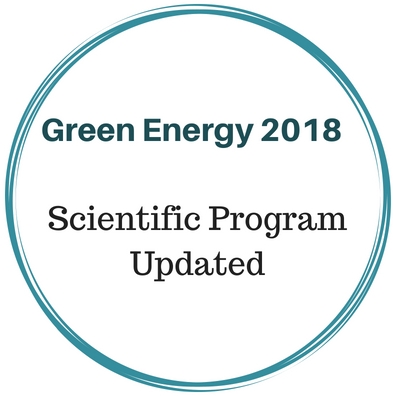Nicolai Rémy
Université de Corse, France
Title: Mediterranean green organic wastes: Corsican methanogenic power’s study
Biography
Biography: Nicolai Rémy
Abstract
The University of Corsica Pasquale Paoli contributes to research on the efficiency and integration of renewable energy, which include biomass waste recovery’s studies. Two types of substrates have been selected to initiate researches about their methanogenic power: green wastes from clearing and; stillages, which are drying residues obtained after the aromatic plants hydrodistillation for the production of essential oils. The first study allowed characterization of the chemical composition and methanogenic power of the plants used: arbutus (Arbutus unedo), laurel (Laurus nobilis), Cistus from Montpellier (Cistus monspeliensis) and stillage of immortelle (Helichrysum italicum). The organic matter splitting has been carried out according to the Van Soest protocol, while the methanogenic potential was taken directly to the pilot reactor which has a capacity of 15 liters. The Cistus and immortelle spent grains have the higher methanogenic potential, 231±9 and 207±16 Nm3 Biogas.tMV-1 respectively. Both substrates has an holocellulose ratio with a high level of lignine: 3.8 for the Cistus and 3.4 for the immortelle stillage. The two other plant species have the lowest methanogenic potential: 101±7 Nm3 Biogas.tMV-1 for the arbutus and 118±4 Nm3 Biogas.tMV-1 for the laurel, with respectively lowest ratios (1.67 and 2.43). The same ranking is established between the biogas amount produced and the holocellulose/lignine values. By ascending order: the arbutus, the laurel, the immortelle and the Cistus. The result seems confirmed the correlation between production and holocellulose/lignine ratio.

